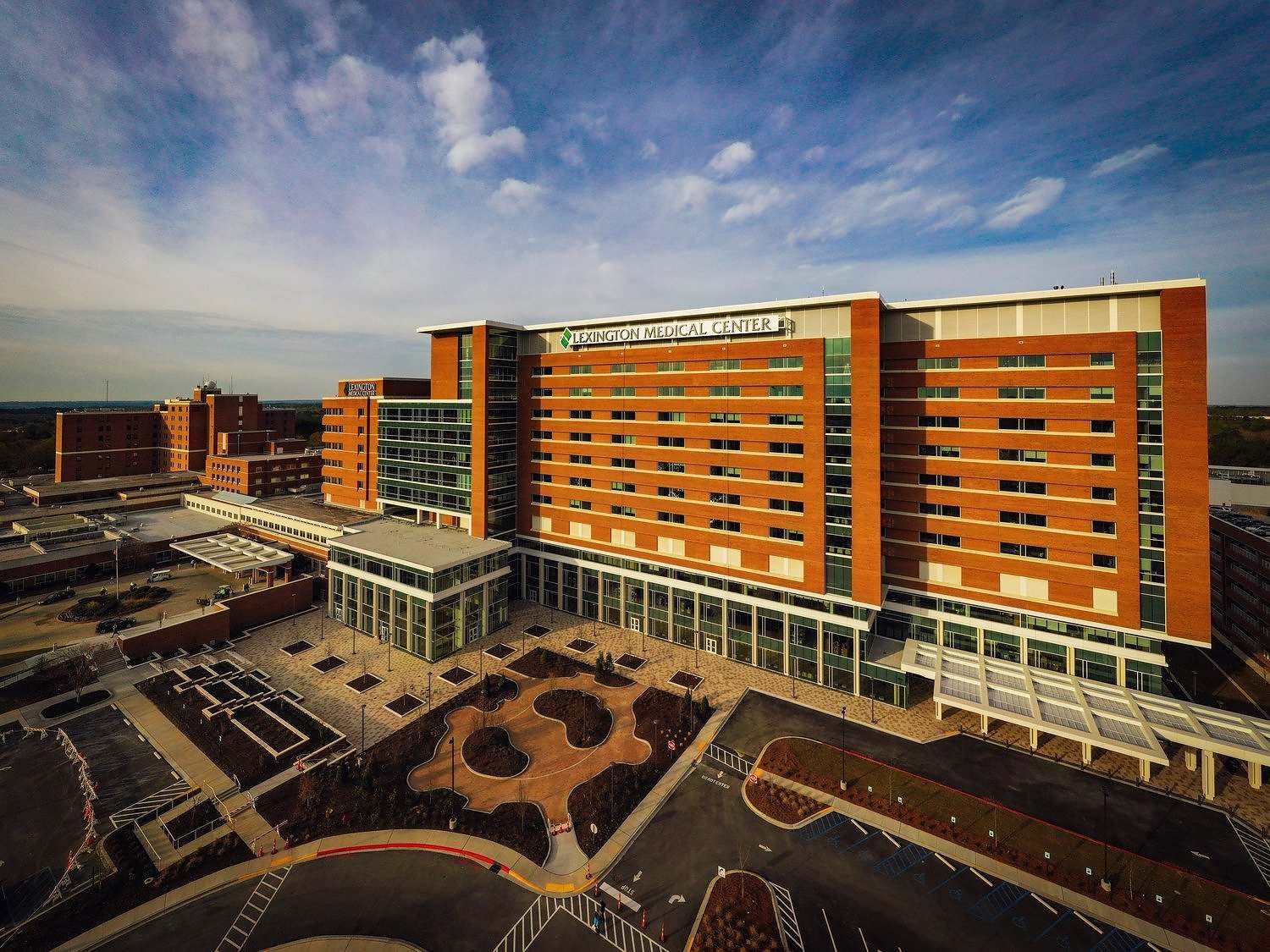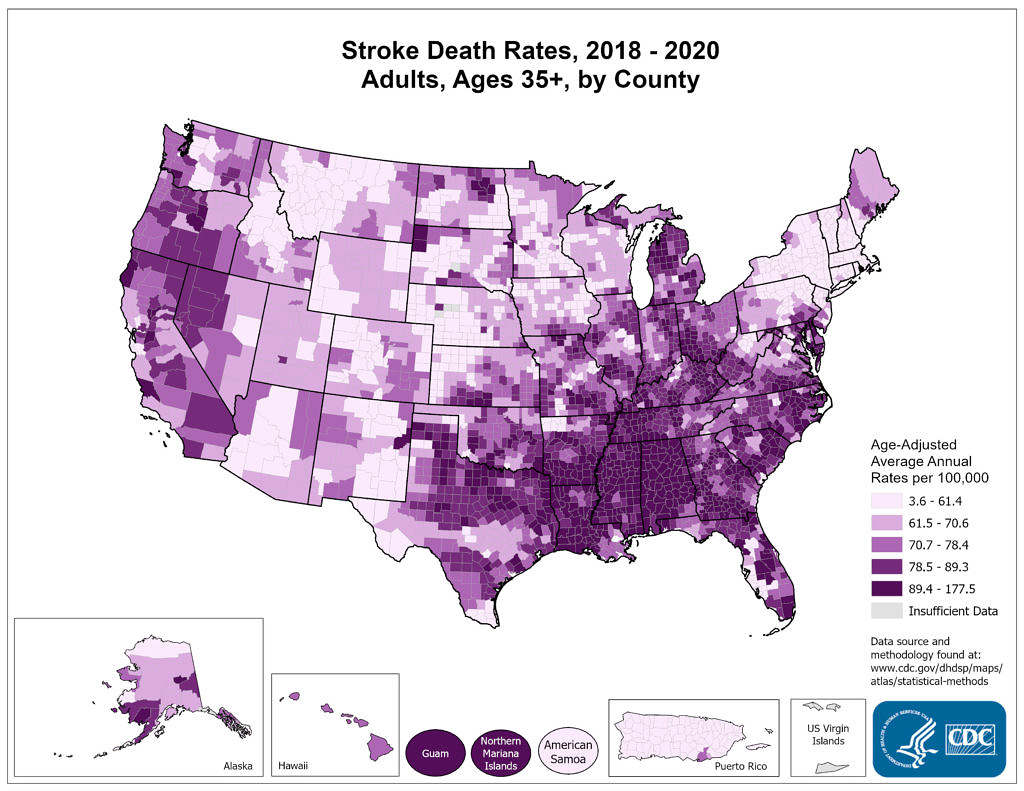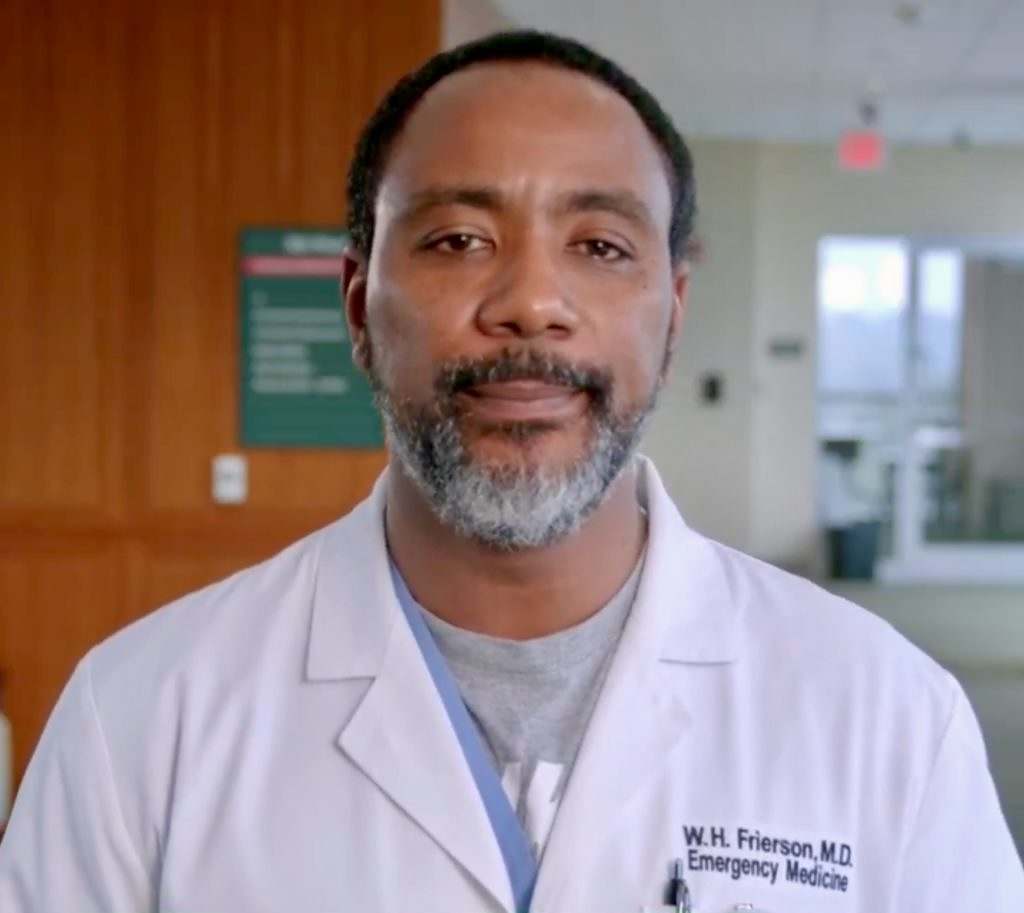|
Getting your Trinity Audio player ready...
|
It’s been more than six decades since the U.S. Centers for Disease Control and Prevention (CDC) first identified the “stroke belt” – a concentration of regions featuring high stroke mortality rates in the southeastern United States.
And decade after decade since, the numbers have continued to paint a grim picture.
“Despite the declines in stroke mortality … in 1988 there was still substantial geographic inequality in the level of stroke mortality,” a 1995 paper published in the American Heart Association (AHA) journals noted.
More recent CDC data – from 2018-2020 – showed the problem persisted. According to those numbers, “concentrations of counties with the highest stroke death rates (were) located primarily in the southeast, with heavy concentrations of high-rate counties in Alabama, Mississippi, Louisiana, Georgia, Kentucky, Tennessee, South Carolina (and) Arkansas.”
The current numbers are sobering: Every forty seconds in America, someone has a stroke. Every three-and-a-half minutes in America, someone dies of a stroke. A total of 795,000 Americans suffer a stroke each year – including 610,000 who are experiencing their first stroke. All told, stroke-related costs in the United States topped $56.5 billion between 2018 and 2019 – including health care costs, medicinal costs and missed work.
(Click to view)
Death rates related to stroke are on the rise, too, climbing from 38.8 per 100,000 in 2020 to 41.1 per 100,000 in 2021, according to the latest CDC data.
Stroke is also a significant contributor to long-term disability in the United States – especially among older Americans. More than half of citizens over the age of 65 experienced reduced mobility in the aftermath of a stroke.
Wesley Frierson, M.D. is part of a team of doctors at Lexington Medical Center – an award-winning South Carolina hospital located in the heart of the “stroke belt.”
“Stroke in South Carolina appears to fit the description of a generational epidemic,” Dr. Frierson said.
An estimated 87 percent of strokes are called “ischemic strokes,” according to Dr. Frierson, or strokes which are caused by the occlusion – or blockage – of an artery in the brain.
“A stroke is defined as a lasting neurologic insult initiated in the brain by arterial occlusion,” Dr. Frierson said. “The effects patients experience depends on the location of the stroke. Some common symptoms are difficulty speaking clearly, weakness of arms or legs and facial drooping.”
According to Dr. Frierson, the best way to reduce stroke mortality is to avoid the things that cause them – including hypertension, obesity and chronic blood sugar elevation.
“For those already diagnosed with those risk factors, lowering blood pressure/ sugar, exercising and decreasing weight help reduce risk,” Dr. Frierson said. “Smoking is also recognized as a major contributor to risk profile.”
When a stroke strikes, it is important to think – and act – fast. Or “FAST,” which stands for Face, Arm, Speech and (most importantly) Time.
“Any symptoms of slurred speech, arm or leg weakness and facial drooping should prompt an immediate call to 9-1-1 for EMS transport,” Dr. Frierson said. “Timely transport, rapid evaluation and treatment are achieved with greater efficiency when emergency personnel are involved. The public should be advised against driving themselves or family to the ER.”
When should someone make the call? If someone has an uneven smile on their face, if one of their arms is weak or immobile, or if their speech is slurred or stops altogether … then it’s time to call 9-1-1.
Lexington Medical offers the very latest in stroke care – including the ability to perform mechanical endovascular reperfusion therapy, an advanced method of clot retrieval in which radiologists access a patient’s femoral artery and guide microcatheters up into the brain to retrieve the clot.
(Click to view)
Advances in CT scanning technology have also enabled the hospital’s emergency department and interventional radiology team to treat ischemic stroke patients 100 minutes sooner than just five years ago – an ongoing collaboration which is constantly seeking out new innovations with the goal of better treating these time-sensitive emergencies.
While these acute care and treatment advances are critically important in saving lives and reducing disability from stroke, Frierson says the hospital’s educational efforts are every bit as important in making a dent in the stroke belt’s impact on the Palmetto State.
“Lexington Medical Center is focused on educating the public about strokes while including information to reduce risks,” he said.
Frierson said the number one thing the public should focus on is “reducing risks of stroke by eating healthy, regular exercise and lowering cholesterol.”
Lexington Medical Center boasts five interventional radiologists, four physician assistants and more than forty staff members – a team which performs more than 6,000 interventional radiology procedures a year (not counting the thousands of patients served via CT and ultrasound). The hospital is also planning a major renovation and expansion of its existing interventional suites.
Hopefully, the hard work of this team – combined with the hospital’s ongoing educational efforts – can help move South Carolina out of the shadow of the stroke belt sooner rather than later.
***
ABOUT THE AUTHOR…
Will Folks is the owner and founding editor of FITSNews. Prior to founding his own news outlet, he served as press secretary to the governor of South Carolina, bass guitarist in an alternative rock band and bouncer at a Columbia, S.C. dive bar. He lives in the Midlands region of the state with his wife and eight children.
***
WANNA SOUND OFF?
Got something you’d like to say in response to one of our articles? Or an issue you’d like to address proactively? We have an open microphone policy! Submit your letter to the editor (or guest column) via email HERE. Got a tip for a story? CLICK HERE. Got a technical question or a glitch to report? CLICK HERE.





3 comments
An ad disguised as a post. Stellar content.
It is because of the pitiful way that people eat without regard for their health. Fast food, Cola Drinks loaded with sugar, and fatty, fried foods are a killer. In the South, people eat much more than they need of red meat. Bacon is the worst red meat, and sausage is the giant stoke killer. Eat more vegetables, eggs, fruit, and nuts for a healthy body. Nutritionists say all Americans overeat meat on a regular basis, and that leads to strokes and cancers. Chicken is also a great protein if cooked without frying. An Omlet with veggies is an excellent protein meal. Get healthy people and live longer.
Sorry “Honey”’
Your premise ain’t going to fly in South Cackalacky………
BLESS YOUR HEART……..